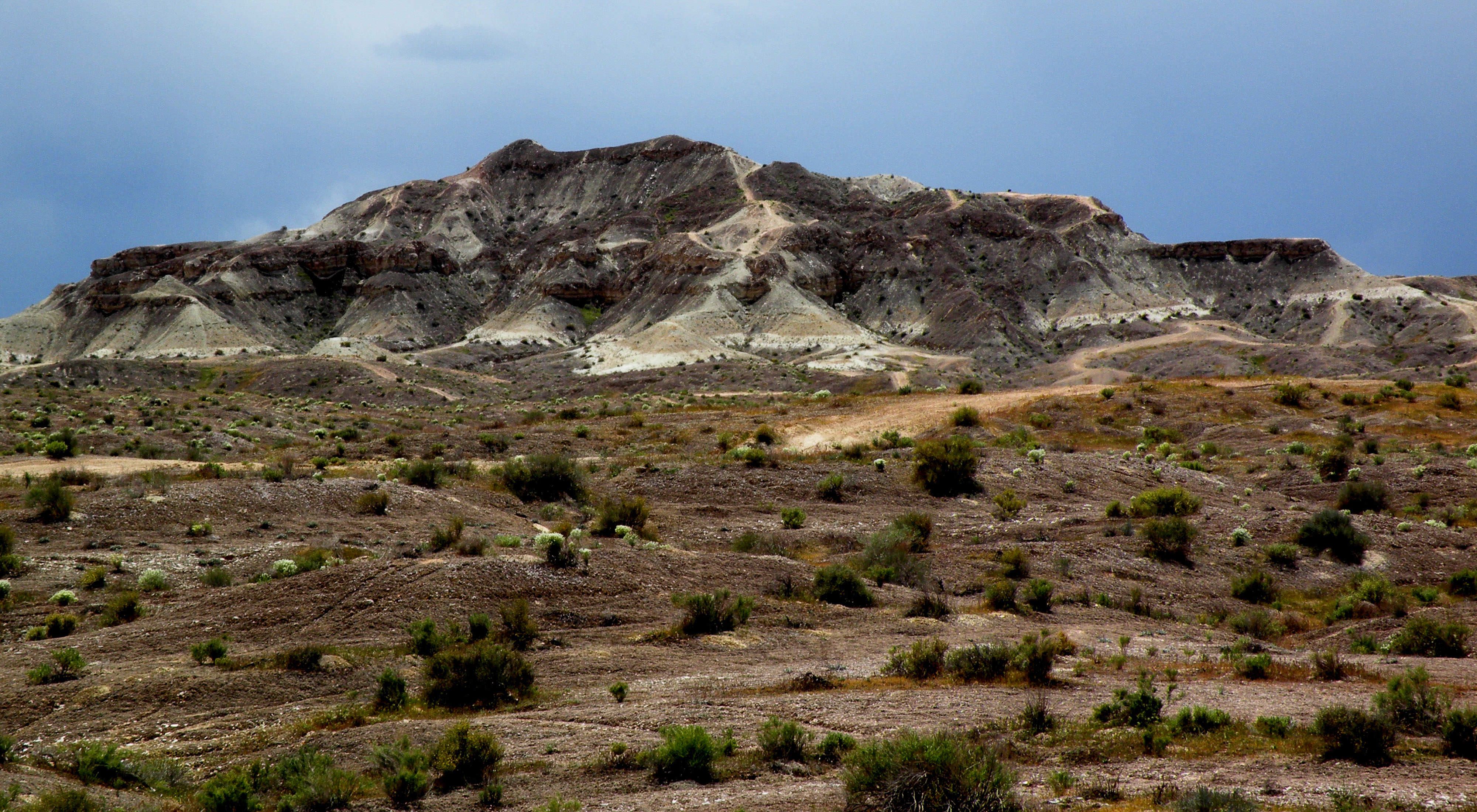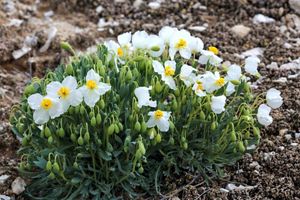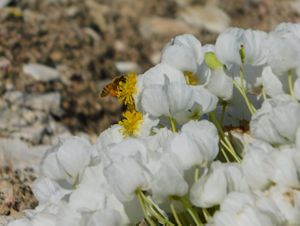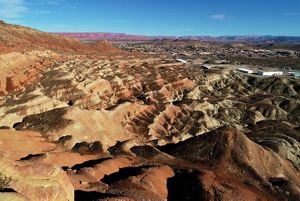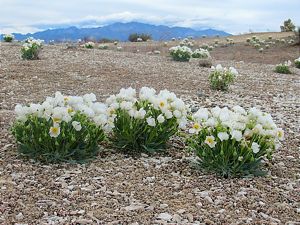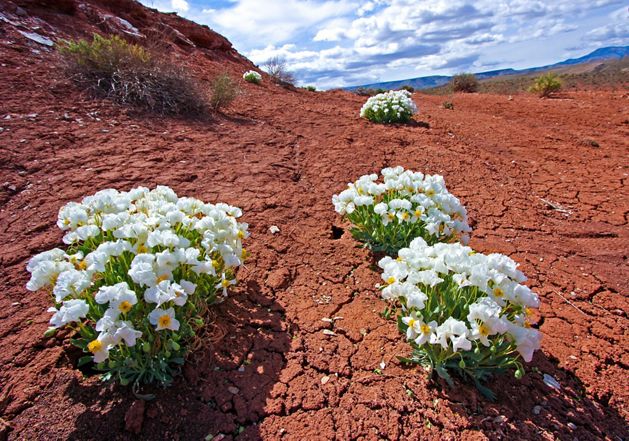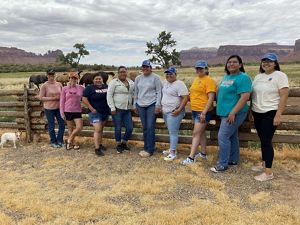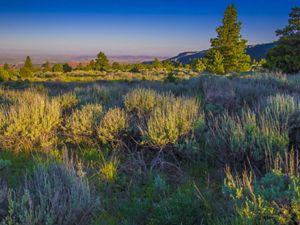Description
Download the new audio tour before you visit, and make your phone your personal tour guide. You can also take the tour remotely!
Washington County is home to an exquisite plant that exists nowhere else on Earth—the dwarf bear poppy. Unfortunately, this unique piece of Utah’s natural heritage is facing a number of challenges.
Human impacts, including development and off-road vehicle use, continue to destroy the poppies and their habitat and impair key plant life-cycle processes, such as pollination visits.
Listed as a federally endangered species in 1979, the survival of the bear poppy now rests in the hands of the St. George community and local conservation organizations.
